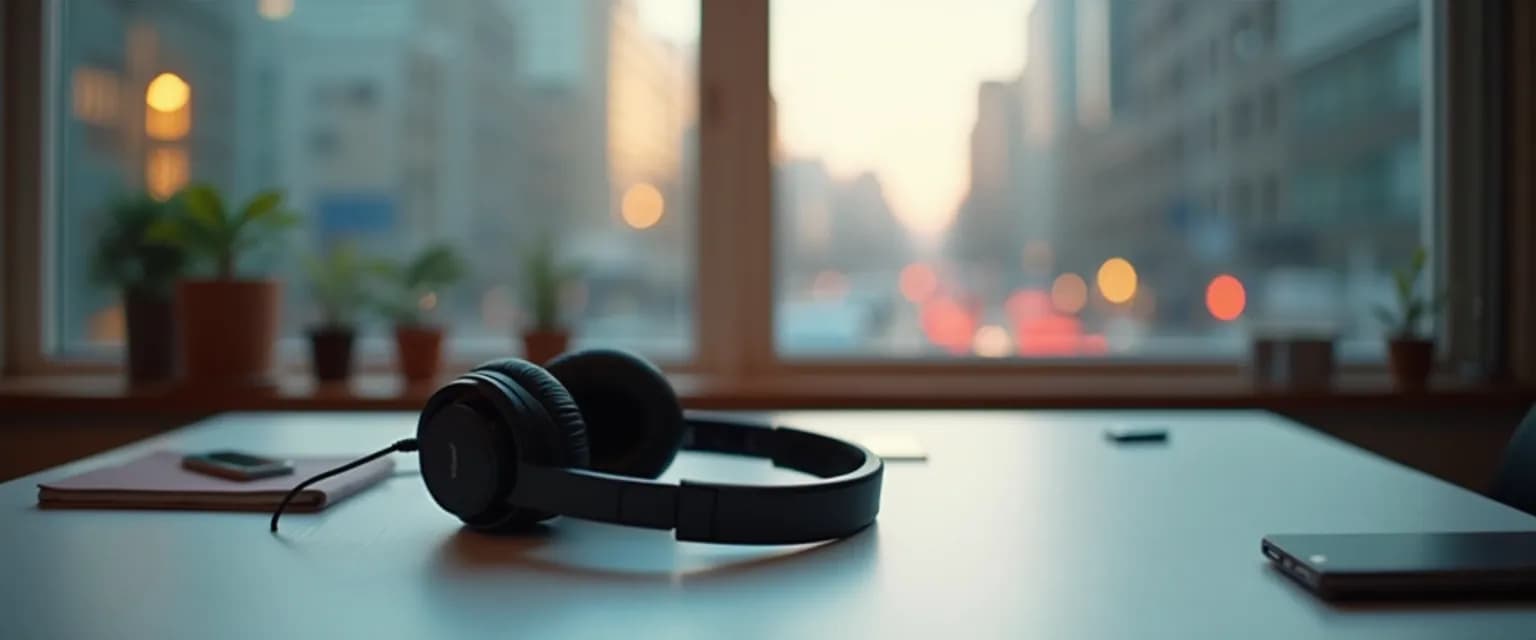Creating Your Headspace Mindfulness Sanctuary in Noisy Environments
Finding your center in a chaotic world isn't just a nice-to-have skill—it's becoming essential for our mental well-being. With notifications buzzing, conversations overlapping, and background noise constantly competing for our attention, headspace mindfulness offers a powerful antidote to the mental fog that often accompanies sensory overload. But how do you create that mental sanctuary when your environment seems determined to disrupt your peace?
The science is clear: noise pollution doesn't just interrupt our thoughts—it actually triggers our body's stress response, releasing cortisol and adrenaline that keep us in a heightened state of alertness. This is why practicing headspace mindfulness in noisy environments isn't just helpful—it's transformative. By developing these skills, you're not just coping with noise; you're rewiring your stress response to maintain clarity even when chaos surrounds you.
Whether you're in a busy office, crowded home, or packed train car, these practical techniques will help you carve out mental space wherever you go. Let's explore how to create your pocket of calm in even the noisiest environments.
Creating Your Headspace Mindfulness Bubble: Environmental Techniques
Your physical environment plays a crucial role in supporting your headspace mindfulness practice. While you can't always control external noise, you can create boundaries that help preserve your mental sanctuary.
Start with minimal tools that make a significant difference. Quality earbuds or noise-canceling headphones aren't just accessories—they're mindfulness enablers. For many practitioners, playing ambient sounds or gentle instrumental music creates a consistent audio backdrop that helps the brain filter out unpredictable environmental noise.
Strategic positioning also enhances your headspace mindfulness practice. When possible, position yourself facing away from visual distractions or movement. This simple adjustment reduces the cognitive load on your brain, making it easier to maintain focus. In offices, consider communicating your mindfulness practice to colleagues—a simple "do not disturb" signal can protect your practice time.
The "bubble technique" takes this concept further by creating a mental boundary around yourself. Visualize a transparent bubble extending about three feet in all directions. This imaginary barrier acts as a filter—external stimuli may reach your senses, but they don't penetrate your mental space without permission. With practice, this visualization becomes a powerful trigger for entering your headspace mindfulness state, regardless of environmental conditions.
Headspace Mindfulness Practices That Thrive in Chaos
The most resilient mindfulness techniques don't fight against noise—they incorporate it. The "notice and name" approach transforms potential distractions into opportunities for deeper awareness. When a sound pulls at your attention, simply acknowledge it mentally: "That's a phone ringing" or "That's people talking." This simple labeling helps your brain process the information without becoming entangled in it.
Brief breathing exercises work particularly well in noisy environments. The "3-4-5 breath" involves inhaling for three counts, holding for four, and exhaling for five. This pattern activates your parasympathetic nervous system, creating calm even amidst chaos. What makes this technique so effective is that it requires no special conditions—you can practice it anywhere, anytime.
Perhaps most powerfully, you can transform background noise into part of your headspace mindfulness practice. Rather than viewing noise as an obstacle, treat it as a meditation object. Notice the layers of sound, their rising and falling, without judgment or narrative. This approach builds resilience in your mindfulness practice by working with reality rather than resisting it.
Mastering Headspace Mindfulness: Your Portable Sanctuary
The true power of headspace mindfulness lies in its portability. With consistent practice, you develop the ability to drop into a mindful state anywhere, regardless of external conditions. This skill strengthens with each practice session, especially those conducted in challenging environments.
Create personal triggers that instantly activate your headspace mindfulness state. This might be a specific phrase, a subtle physical gesture, or even a visualization. These triggers become powerful anchors, allowing you to access your mental sanctuary in seconds rather than minutes.
Remember that headspace mindfulness isn't about escaping your environment—it's about engaging with it differently. By practicing these techniques regularly, you develop a portable sanctuary that travels with you, transforming your relationship with noise and creating space for clarity wherever you go.




